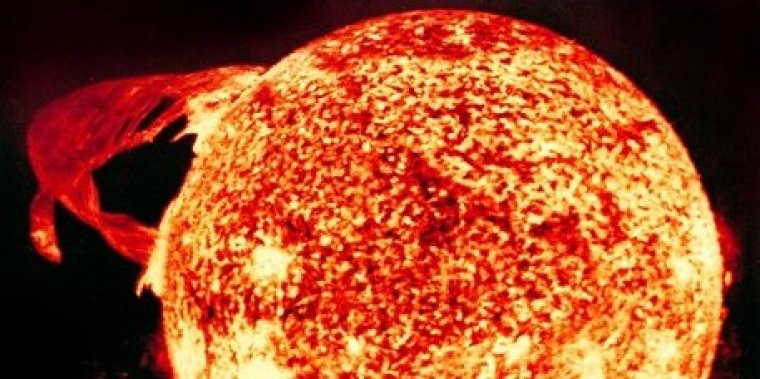| News / Science News |
Magnetic reconnection breakthrough could help predict space weather
Space storms can wreak havoc on satellites and power grid systems. Researchers at West Virginia University have gleaned new information about magnetic reconnection and the mechanics of the universe by experimenting with lab-developed plasma.

Scientists make breakthrough in plasma physics of space weather. Photo: NASA
Magnetic reconnection plays a major role in how eruptions of plasma occur on the sun. Those eruptions can result in solar flares that produce bright flashes of X-rays near the solar surface.
The eruptions can also result in coronal mass ejections -- large volumes of plasma that travel through space and collide with the Earth's magnetosphere. Space storms can disable satellites, power grids, avionics and other technology systems.
The research, part of the PHAse Space Mapping, or PHASMA, experiment employed advanced diagnostics and electromagnets to reveal new details about the physics of space-like plasmas.
The team used laser-based diagnostics to probe the plasma and light scattered from individual electrons in the plasma to assess how fast the particles were moving.
"It's like a radar gun for particles," said Earl Scime, a co-author of the study.
Previous studies have only succeeded at determining the average properties of the electrons. PHASMA can accurately measure the motion and velocity of the ions and electrons in plasma on a very small scale, allowing the team to measure the actual speeds of individual electrons.
"Our work proves that advanced laser diagnostics can measure important features not accessible to other conventional diagnostics," said lead author Peiyun Shi. "This is essential for understanding various plasma physics processes and for complementing modern satellite observations."
The research will impact how space weather and solar storms are predicted and improve understanding of the universe's mechanics and dynamics.
"Every time we understand more about magnetic reconnection, it has applications from space weather to thermonuclear fusion, to a basic understanding of how the universe works," Scime said. (National Science Foundation)





